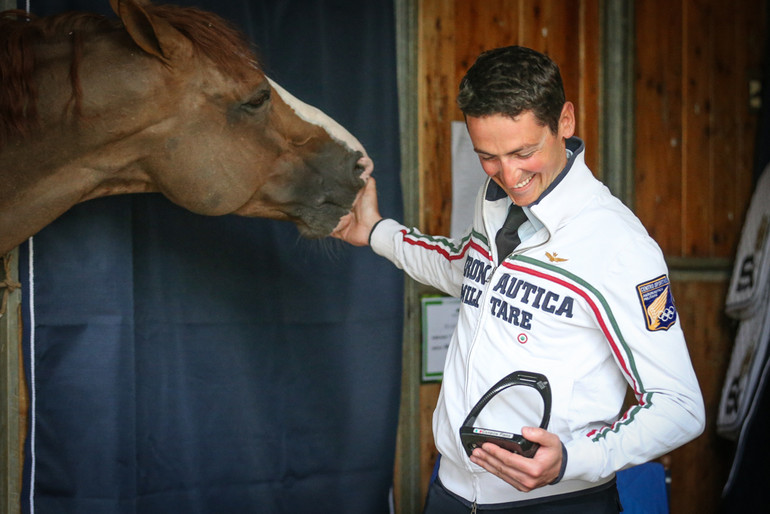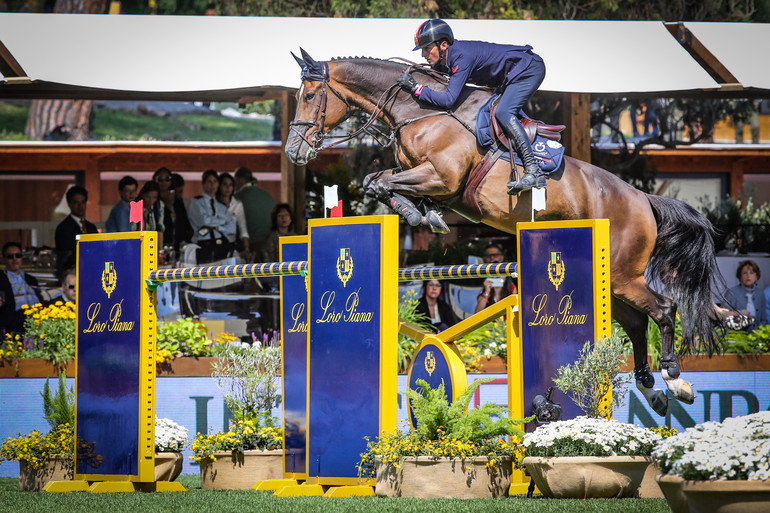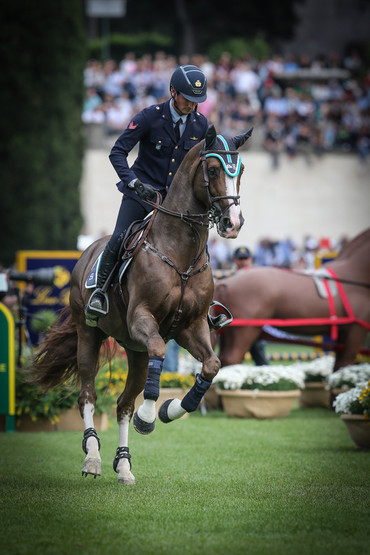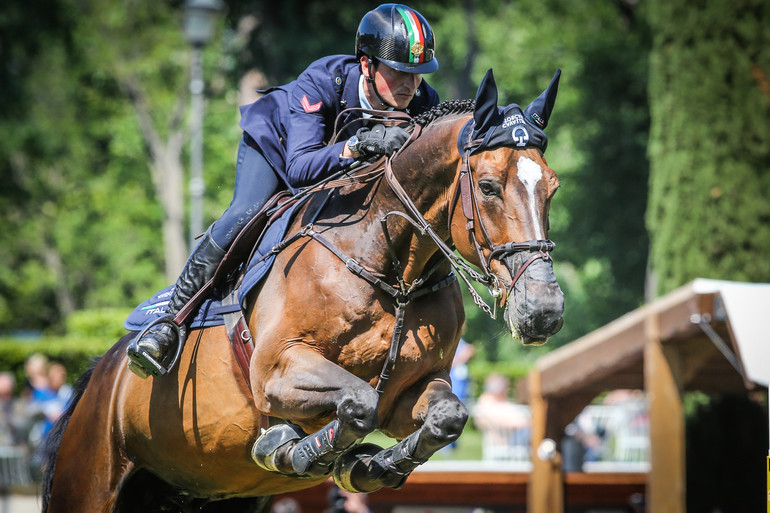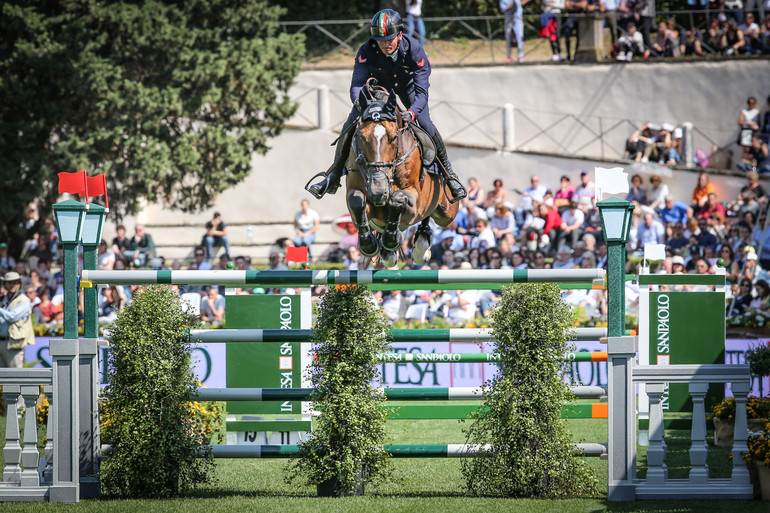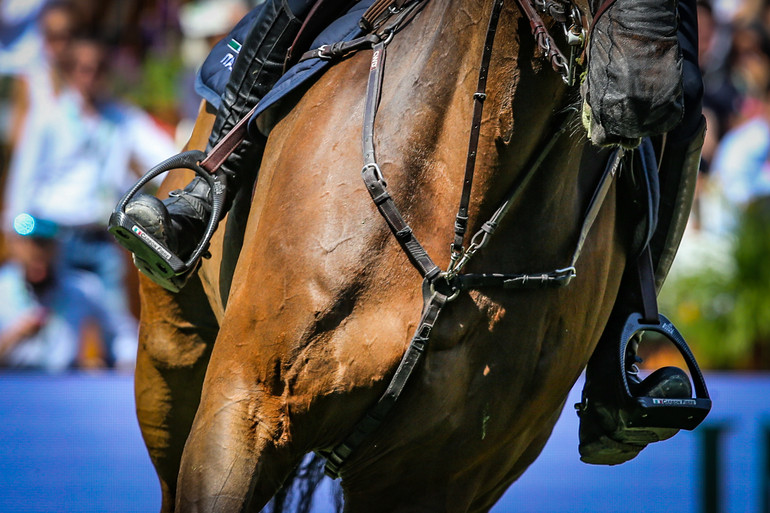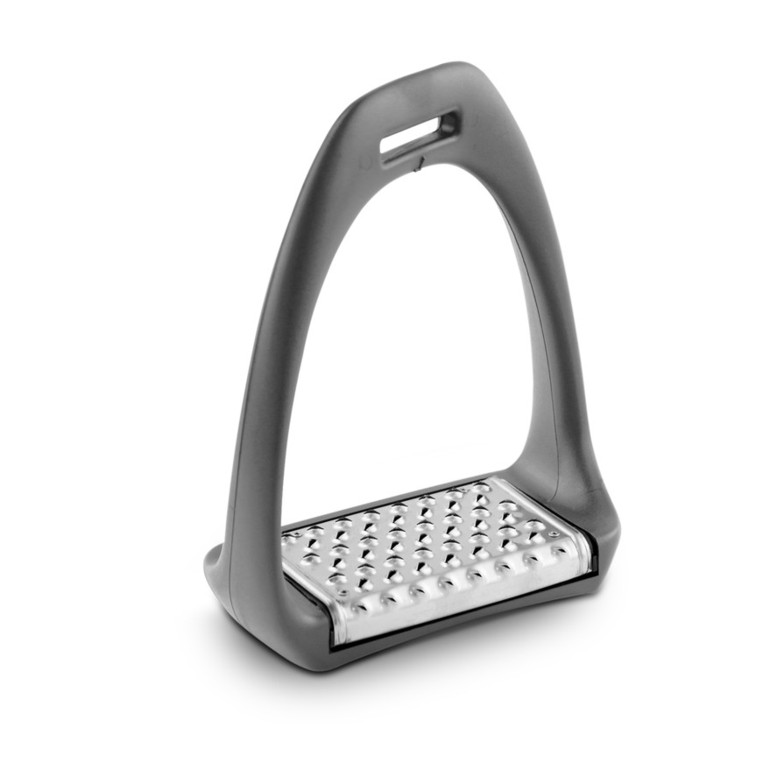Lorenzo De Luca is currently ranked 19th in the world, and 11th in the FEI Jumping World Cup standings. His top rides include Amarit d'Amour, Scuderia 1918 Halifax van het Kluizebos and Ensor de Litrange LXII. Lorenzo is based at Stephex Stables, in Belgium. He is a regular member of the Italian national team, and competes wearing an Italian Air Force military uniform; he’s known for his horsemanship skills, and balanced riding style.
If you’re stepping up to a showjumping height of around 1.20m, which is seen at open championships and senior foxhunter classes in the UK, level 5 events in America, and Medium classes across Europe, the step up from Newcomers or Elementary can be steep, in the rider’s mind at least.
However, that extra 10cm shouldn’t really make a difference if the training has been put in place. If you and your horse are prepared and are ready to progress, then the step up to a bigger height should come naturally.
There are a few things that might need to change when attempting to contest a bigger height of course, as well as certain things that the rider needs to take into consideration, compared to when jumping a smaller course. A lot of horses might for example cope with approaching a smaller fence on a poor stride, or without enough rhythm in the canter, and may still manage to jump the fence cleanly. However, once the fences get bigger, the rider’s precision, balance and the quality of canter become even more important.
It is not so much about 'seeing a stride' to a fence, but preparing the horse enough to be able to clear the height; the canter is the best place to start, utilising the key components of rhythm and balance. By having a good enough canter – e.g. forward-going and balanced – you're giving your horse the best opportunity to do his job. Your job as the rider is to train the horse to develop a good showjumping canter.
Adjustability in the canter
You need to be able to move the horse around in the canter too, and have some adjustability of pace. For example you need to be able to take a slower, more collected canter, and then release the energy when a surge of power is needed, without losing the balance from the hindquarters. It should feel as the rider as if you have sufficient, ‘contained’ power at your disposal. Your aids and body movements help the horse set up for the fence, whatever the height.
The horse needs to be powering from the quarters into your hand, so you feel as the rider as if their ‘engine’, the power source, is in front of you – once you have this ‘leg to hand’ feeling, you can ask the horse to collect and sit back on the quarters, or go forward to cover more ground, as you approach a fence.
Arena-based transitions within the canter (e.g. a collected canter to a working canter, to a medium canter and then back down) will help the horse strengthen their back and engage the quarters, which will help you when you ask them to collect. All of this strengthening and engaging will improve the quality of your canter; you then just need to maintain it around a course of jumps.
Here’s a useful exercise. Set up three jumps down the centre line of the arena (facing the long sides of the arena) so you can jump them on a figure eight. This exercise allows you to practice landing on your chosen leg, and then riding different gradients of turn, maintaining your chosen canter – e.g. working or collected. Focus on keeping your rhythm and balance, and not losing the rhythm of the canter just because you're turning. You can also change the size of the ‘circles’ of the figure eight.
Also, you don't necessarily need to be jumping bigger fences all the time when training at home, in order to feel comfortable competing at a bigger height. Try building your oxers wider, as well as practicing over taller fences; this way, the fences don't always seem so big, but the horse will have to make more effort and create a good bascule, building confidence for you both.
Perfect positioning
In terms of your own riding, a higher fence height doesn’t necessarily mean a change of position. In a previous article, US showjumper McLain Ward spoke about keeping a stirrup length that comfortably allows you to keep your heels down, which helps ‘lengthen’ your lower leg, and creates an increased contact area on your horse’s sides. ‘It’s easy to bring the heel up when trying to apply more leg pressure, e.g. to kick the horse onwards, but this actually makes your leg less effective. Remember that having more of the inside of your calf in contact with your horse’s side increases the contact area, and subsequently maximizes communication, and your security in the saddle,’ he stated.
In terms of stirrups, I use a range from the Italian brand Royal Rider, including the Royal Rider T3, which has an offset shape, allowing the foot to free itself quickly in the event of a fall. The entire Royal Rider range is designed with the rider in mind, for optimum performance and with good safety features. The T3 is a safety stirrup, but really does enhance rider positioning and balance too. It is key when you’re jumping higher fences that you are perfectly balanced, whatever stride the horse is on. I personally ride with a slightly longer stirrup length than some riders, and it works well for me and my height. I like to be able to get my bodyweight over the wither to allow perfect balance when jumping, and a highly engineered stirrup like Royal Rider allows me to keep the ideal lower leg position.



